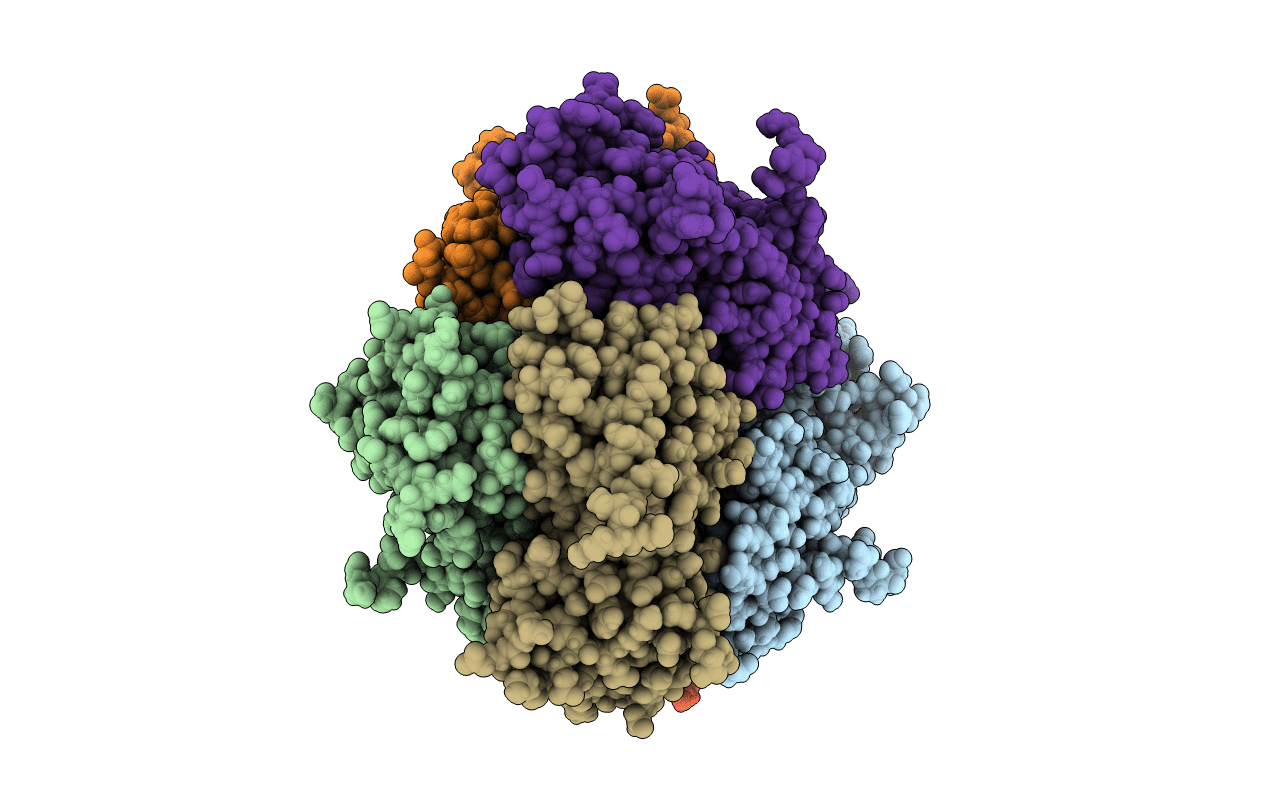
Deposition Date
2018-06-04
Release Date
2018-06-20
Last Version Date
2023-11-22
Entry Detail
PDB ID:
5ZZO
Keywords:
Title:
Crystal structure of CcpE regulatory domain in complex with citrate from Staphyloccocus aureus
Biological Source:
Source Organism:
Staphylococcus aureus (Taxon ID: 1280)
Host Organism:
Method Details:
Experimental Method:
Resolution:
2.50 Å
R-Value Free:
0.24
R-Value Work:
0.19
R-Value Observed:
0.19
Space Group:
C 1 2 1


